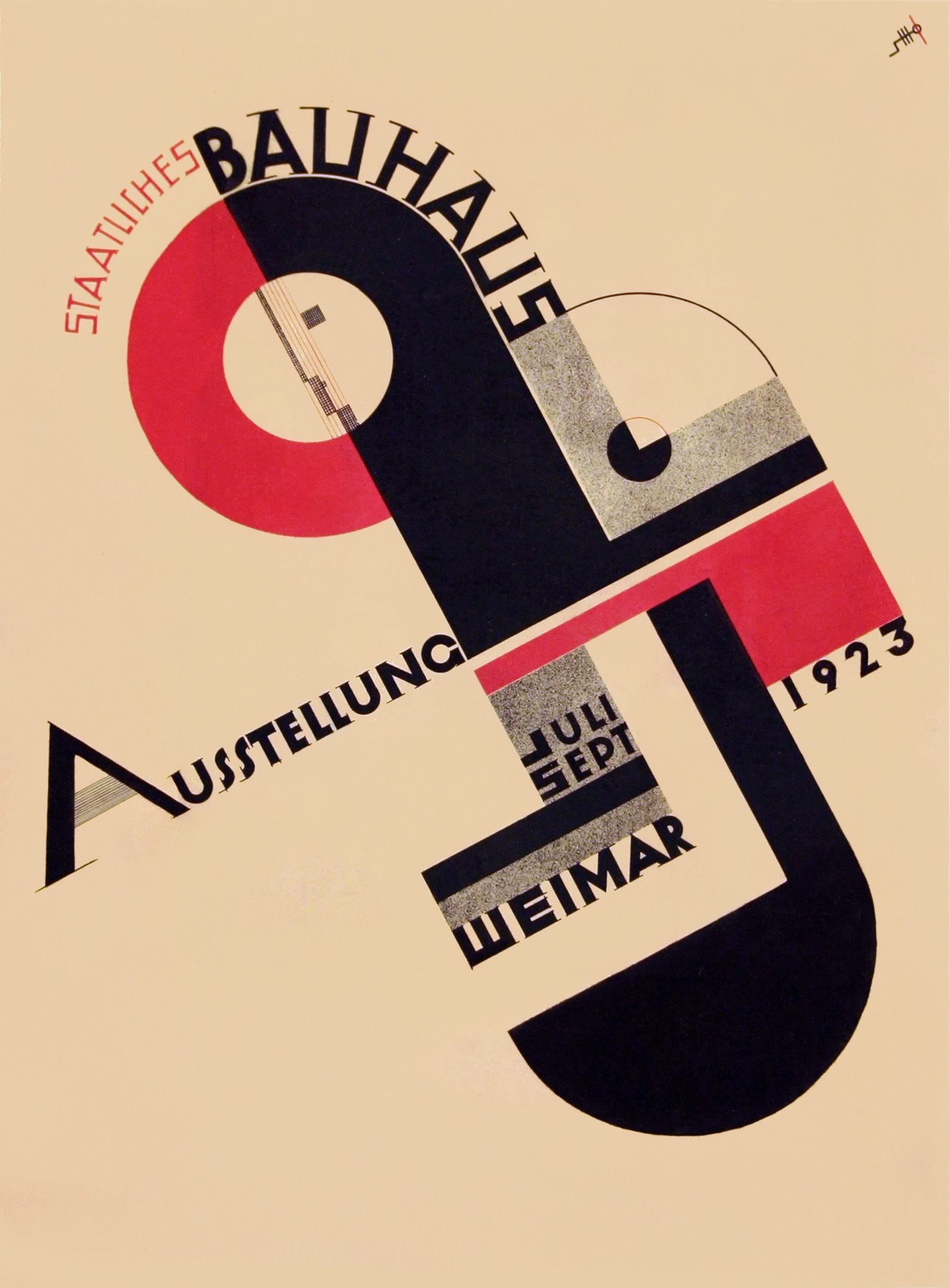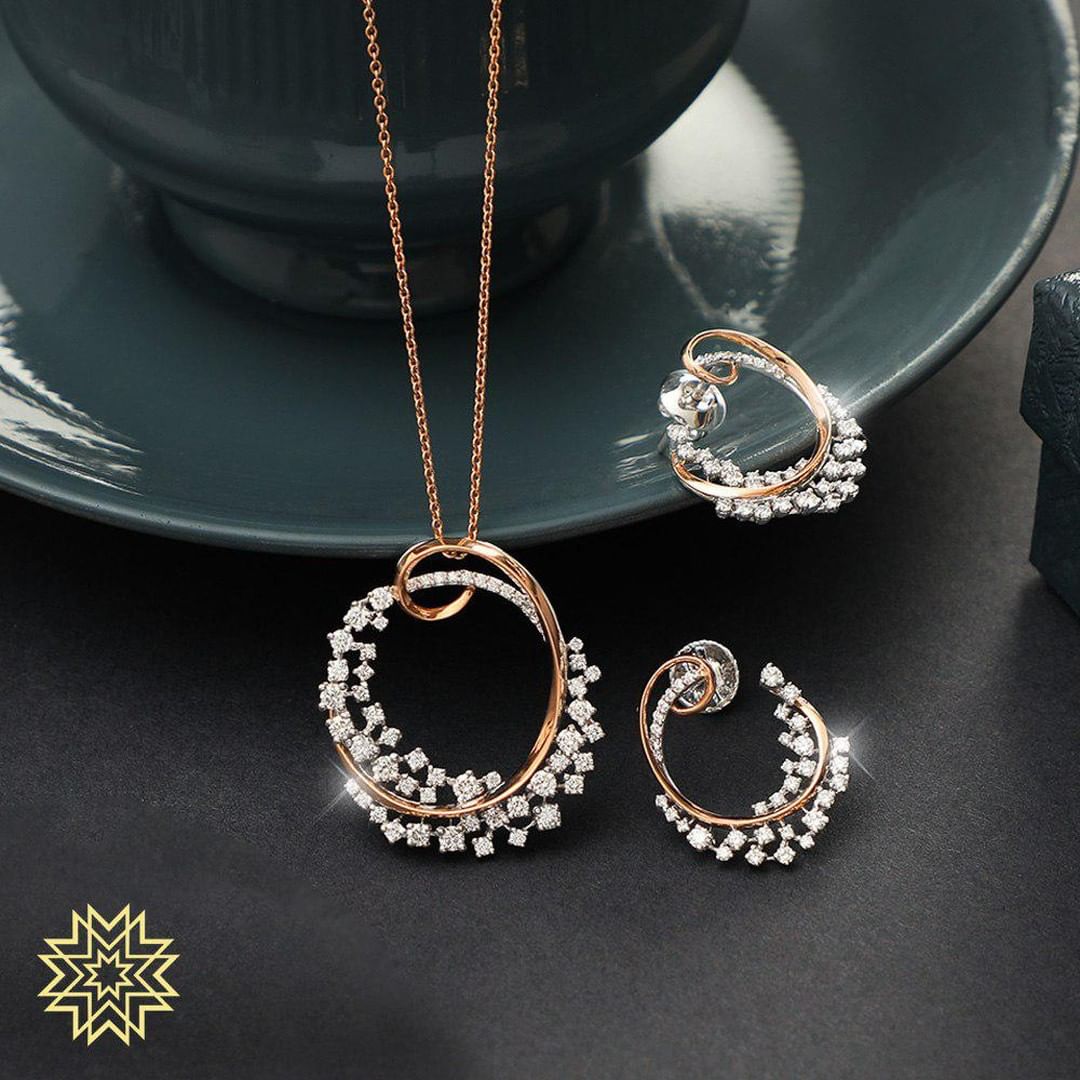Table Of Content

Bauhaus, Walter Gropius1926Dessau, GermanyAfter continuous political resentment in Weimar, the school was forced to relocate, settling in Dessau. Instead of being afflicted by the move, Bauhaus experienced its prime days at the German city, becoming labeled as an international design school. Gropius took the opportunity to build a school with a more futuristic approach than the original campus, bringing about new designs and programs for the masses, and inaugurating some of the most notable architects to date.
Over a century of women in architecture
Fagus Factory, Walter Gropius1911Alfeld-Hannover, GermanyBefore founding Bauhaus, Gropius had already begun foreshadowing his design principles throughout his early designs. He designed the Fagus Factory as an open space for shoe craftsmanship, with plenty of sunlight and refined geometric structures. The factory’s structures have been listed as historic monuments since the mid-20th century, and are still functioning to this day. “Of course, you cannot mention Bauhaus interiors without mentioning some of the most amazing chairs still in production today,” says Jensen, highlighting Marcel Breuer’s Wassily chair and the Barcelona Chair by Mies Van De Rohe.
Foreign Exchange: Photography between Chicago, Japan, and Germany, 1920–1960

Under the leadership of Gropius, the Bauhaus movement made no special distinction between the applied and fine arts. Painting, typography, architecture, textile design, furniture-making, theater design, stained glass, woodworking, metalworking—these all found a place there. The Weimar school founded by architect Walter Gropius in 1919 was inspired by Expressionist art and the work of architect Frank Lloyd Wright and designer William Morris.
On the Bauhaus Trail in Germany - The New York Times
On the Bauhaus Trail in Germany.
Posted: Wed, 10 Aug 2016 07:00:00 GMT [source]
What are the iconic examples of Bauhaus architecture around the world?
You can also visit some famous examples of Bauhaus architecture in the United States, including Walter Gropius's own home, Gropius House, in Lincoln, Massachusetts. It's a far cry from the glitz and glam of Art Deco, the design style that emerged simultaneously. Read on to learn more about the architectural style, where it came from, and how you can bring it home.
But Gropius and other prominent Bauhaus designers left Germany and spread its ideas from Western Europe to the U.S. and Canada to Israel, turning it into arguably the most influential arts and design school in the history of the world. Bauhaus, school of design, architecture, and applied arts that existed in Germany from 1919 to 1933. By training students equally in art and in technically expert craftsmanship, the Bauhaus sought to end the schism between the two. Known for developing a distinctive, modern style built on the principle of simplicity, teachers and students from the Bauhaus school designed some of the 20th century's most iconic pieces of furniture. Obafemi Awolowo University, Arieh SharonEarly 1960’sIle-Ife, NigeriaThe Israeli architect believed that his most “decisive challenge” took place in Nigeria when he was chosen by a local government and architecture firm to build a new university in the city of Ife.
Bauhaus: The School of Modernism
Gropius and Breuer went on to teach at the Harvard Graduate School of Design and worked together before their professional split. Their collaboration produced, among other projects, the Aluminum City Terrace in New Kensington, Pennsylvania and the Alan I W Frank House in Pittsburgh. The Harvard School was enormously influential in America in the late 1920s and early 1930s, producing such students as Philip Johnson, I. M. Pei, Lawrence Halprin and Paul Rudolph, among many others. The changes of venue and leadership resulted in a constant shifting of focus, technique, instructors, and politics. A collection of films, television series, and video media pertaining to arts and culture, all collected by our team.
History of the Bauhaus
He initially trained as an architect, and in the late 1910s was part of the Darmstadt Artist's Colony, falling under the influence of that group's Jugendstil or Art Nouveau principles, as well as its emphasis on the idea of the 'total work of art'. However, in 1920 Bayer became intrigued by Gropius's new endeavor, and in 1921 enrolled at the school, studying under Kandinsky, Klee, and Moholy-Nagy. Returning as a teacher in 1925, he was named the Bauhaus's director of advertising and printing during the Dessau phase. He developed the Universal Bayer typeface after Gropius commissioned him to create a typeface which could be used in all Bauhaus publications. At this time, German printers still generally favored Fraktur, a dramatic Gothic typeface designed in the 16th century for Albrecht Dürer's Triumphal Arch (1526) woodcut. By stripping out the ornamentation of German script, Bayer expressed the spirit of a new cultural movement that rejected backwards-looking nationalism and embraced cosmopolitan modernity, a movement spearheaded by the Bauhaus, and later snuffed out by the Nazis.
The White City
Isokon Buildings, Walter Gropius1934London, United KingdomBefore moving to America, Gropius designed his English “exile” home with the same styles and techniques he had used in his projects and teachings. Isokon, which is the contraction of Gropius’ design company “Isometric Unit Construction”, was then joined by Marcel Breuer and Laszlo Moholy-Nagy, both of whom had had an input in the firm’s graphic and furniture designs. On the left, Barcelona chairs designed by Ludwig Mies van der Rohe, an architect who served as the third and final director of the Bauhaus school. Although the USA was the best-known refuge for the Bauhaus members, it was by no means the only one. Architect Lotte Beese, for instance, moved to Amsterdam with her husband Mart Stam in 1935, and was highly instrumental in rebuilding Rotterdam after the Second World War.
Residential Projects, Arieh Sharon1930’sTel Aviv, IsraelWhen the Jews began streaming to Palestine from all over the world, they brought along with them European teachings to reshape the city they were settling in. Sharon, who was a Bauhaus graduate, moved to Tel Aviv in 1931, implementing the school’s architecture and design teachings in almost all of his residential projects. The city is now considered one of the most Bauhaus-influenced cities globally, nicknamed as the White City. Bauhaus Museum, Prof. Heike Hanada2019Weimar, GermanyThe newly-opened concrete structure is located at the founding place of the Weimar State Bauhaus. Hanada followed the school’s minimalist approach, and developed a 5-story cubic building, with a clearly defined geometric form and horizontal grooves all around the facade.
To honor his work, Klee’s grandson compiled his archives of notes, paintings, and artworks, and exhibited them in a museum designed by architect Renzo Piano. Ulm School of Design (HfG), Max Bill1953Ulm, GermanyThe design college’s influence matched that of Bauhaus due to its multidisciplinary context of combining arts, crafts, humanities, and technology. The structure remains intact today under the protection of Foundation Ulm, as a historically significant building for design and the region. The Alan I.W. Frank House, Walter Gropius and Marcel Breuer1940Pittsburg, USA When the duo began teaching at Harvard’s Graduate School of Design, they were commissioned by Frank’s father to build him a family house. Their designs were not just limited to the architecture itself, but to the fittings and furniture as well, making the residence a truly unique property. Gropius House, Walter Gropius1938Lincoln, Massachusetts After fleeing Europe, Gropius and his wife settled in Massachusetts when he began teaching at Harvard’s Graduate School of Design.
Bauhaus-style furniture and design objects have a streamlined appearance and a timeless elegance that is easy to incorporate into today's minimalist interiors or in more eclectic spaces that mix periods and styles including vintage, antique, and contemporary for a timeless look. In the decades following its closure, the influence of the Bauhaus would travel as far as its former faculty members, many of whom were forced to flee Europe as the stultifying effects of Fascism took hold. After his relocation to the United States in 1937, Gropius taught at the Graduate School of Design at Harvard University, and was seen as vital in introducing International Style architecture to America and the Anglophone world. So too was Mies van der Rohe, who arrived in the U.S.A in the same year as Gropius, becoming Director of the College of Architecture, Planning, and Design at the Illinois Institute of Technology.
The school moved from Weimar to Dessau and finally to Berlin before it was shut down by the Nazis in 1933 under its final director, the celebrated architect Mies van der Rohe. Bauhaus Archive, Alex Cvijanovic and Hans Bandel (Original plans by Walter Gropius)1979Berlin, GermanyGropius was originally asked to design Bauhaus’ archive museum during the 1960s but was delayed for political and financial reasons. Aftera few years, construction began but with modified plans by architects Cvijanovic and Bandel. Perhaps the only remaining elements from the architect’s original design are the unique silhouettes of the shed roof.
The lamp is made from precisely cut glass and metal with an opaque lamp shade – a type formerly used only for industrial lighting. Bauhaus designers wanted to create aesthetically pleasing objects, but also wanted their products to be available to a mass public – the simple designs of each furniture piece made it easier to produce them efficiently. Like the practical use of color mentioned above, functional design is the hallmark of Bauhaus. “Targeted use of primary colors accentuated a building’s form or function,” says Kerl, noting that these primary colors were often used to convey information.

No comments:
Post a Comment